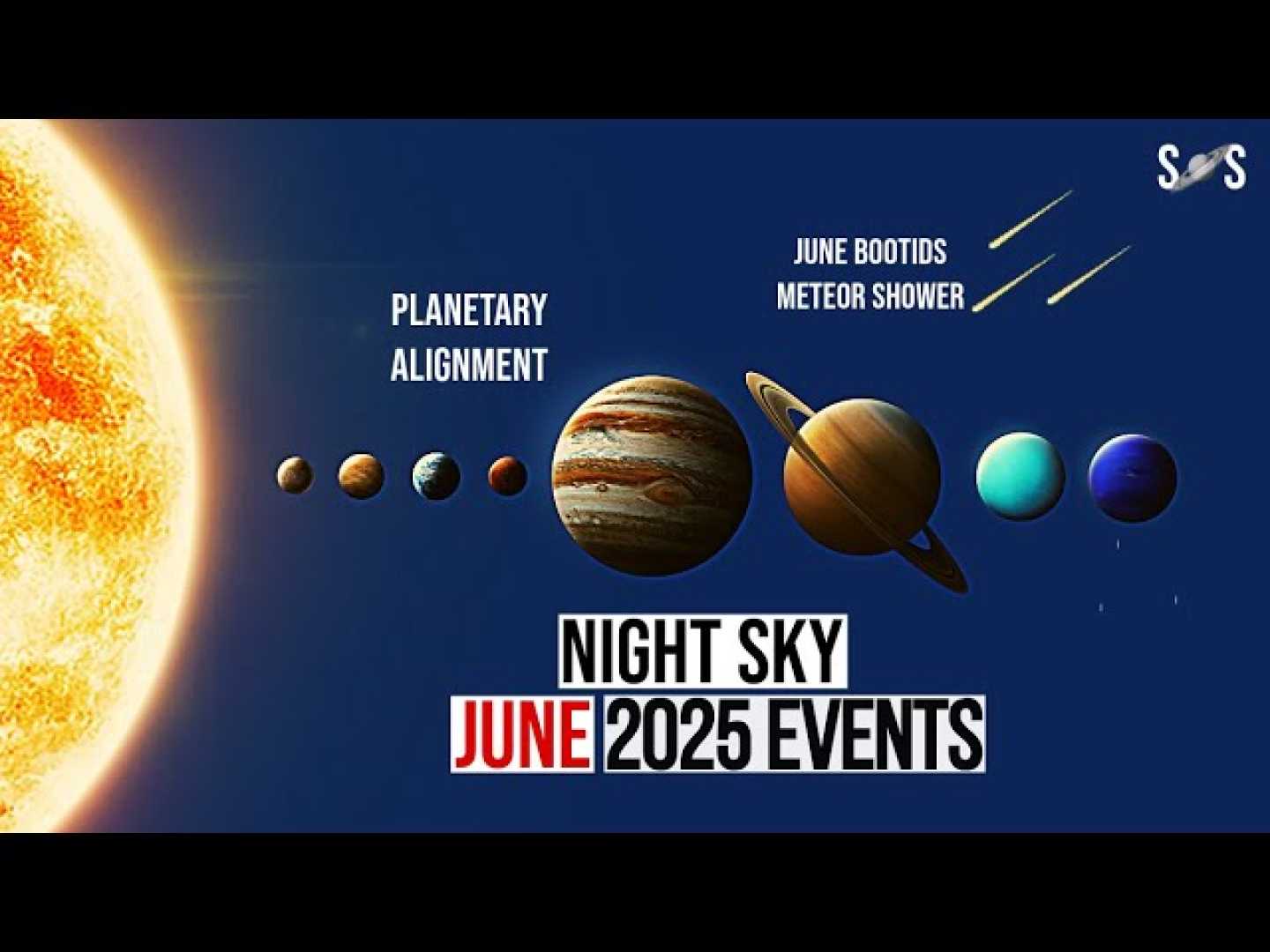June 2025 Sky: Mars, Venus, and Stunning Meteor Showers Await

WASHINGTON, D.C. — Astronomers and stargazers are in for a treat this June, as several celestial events will light up the night sky. Venus, known as the ‘Morning Star,’ will remain visible in the eastern sky each morning, even as it dims slightly while moving away from Earth.
Starting on June 1, individuals can catch a glimpse of Venus at its greatest western elongation, making it a prime time to view this planet just before dawn. It will be positioned prominently in the Northern Hemisphere’s eastern sky and the Southern Hemisphere’s northeastern sky.
Additionally, the Great Hercules Cluster, or Messier 13, will reach its highest point in the night sky on June 2. This cluster hosts over 100,000 stars, and while it may be difficult to spot with the naked eye, binoculars can reveal its splendor.
Stargazers can also experience the daytime Arietid meteor shower, which peaks on June 7. Although most meteors will be beyond visibility during daylight hours, a few shooting stars might be seen in the predawn sky.
On June 11, the ‘Strawberry Moon‘ will shine brightly, marking a full moon named after North American Indigenous traditions, linking full moons to seasonal harvesting. This lunar display promises to be a visual delight.
June 16 will see a close encounter between Mars and Regulus, a twinkling star, around 90 minutes after sunset, followed by the appearance of the Butterfly Cluster at midnight.
Later in the month, the Lagoon Nebula will reach its peak viewing time on June 22. This nebula, a swirling cloud of gas where new stars are born, can sometimes be seen with the naked eye under ideal conditions, while binoculars will provide better visibility for most observers.
As June concludes, the Bootid meteor shower is expected to peak around June 27, offering the chance to witness hundreds of shooting stars, particularly as the moon will be a waxing crescent, minimizing light pollution.
Finally, on June 30, the waxing crescent moon and Mars will be closely positioned within the sky, exhibiting a separation not more than a pinky finger’s width. Observers are encouraged to look for the beautiful ‘earthshine’ effect on the moon during this time.
